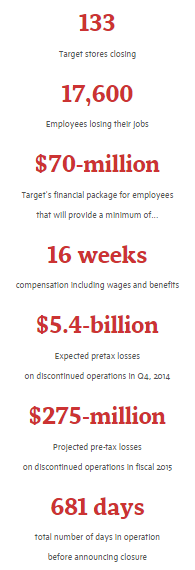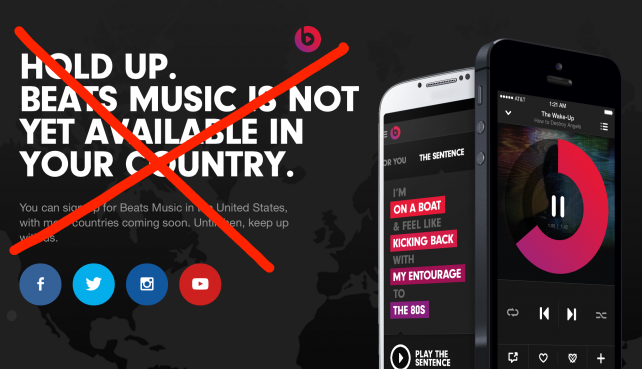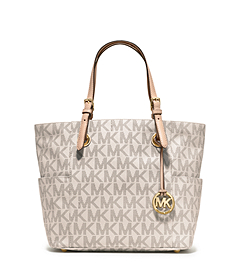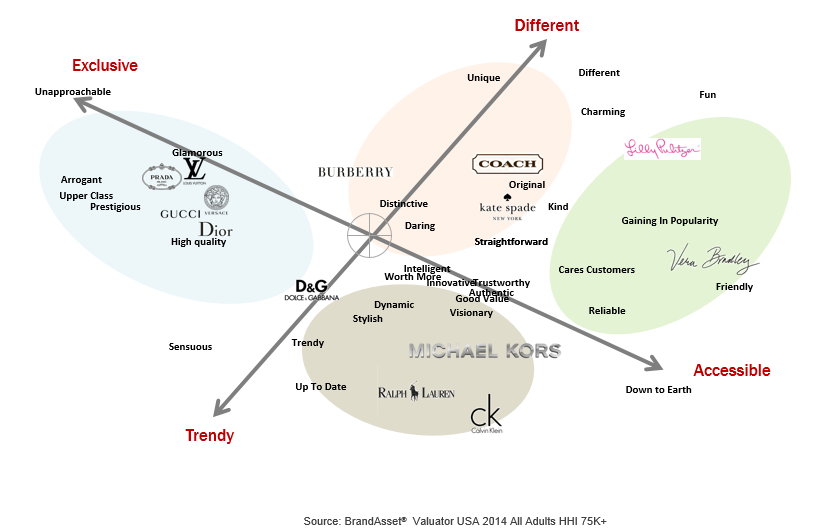
Pictured in a 2014-2015 NHL regular season game, Sidney Crosby and Evgeni Malkin are both prized brands and assets that have been vital to the league’s explosive growth in non-traditional hockey markets in recent years. (NHL)
Prior to the beginning of this year’s annual National Hockey League season, The Hockey News business blog’s Ken Campbell released an article scoffing at the preposterous $750 million asking price that the ownership group of the Pittsburgh Penguins were demanding for the purchase of the franchise. Using the industry standardized measurement of “10x profit” as a general measuring stick for the valuation of a company, Campbell argues that the magnitude of the discrepancy between a typical NHL franchise’s cash flow and their respective valuations on Forbes magazine is colossal. His argument is based off the premise that collectively, NHL franchises are exceptionally overvalued given the recent asking prices for a multitude franchises.
With the average value of an NHL franchise at an all time high, ownership groups around the league have began to seek prospective buyers in the investment space, hoping to capitalize on the good fortune that the NHL has been blessed with for the last half decade. Under commissioner Gary Bettman, league revenues ($3.7 billion USD) have soared to an all time high and interest in the league remains at a sustainable high. Notwithstanding this fact, the league’s numerical success has not been reaped by a handful of the league’s franchises, with bottom league dwellers such as the Arizona Coyotes reporting harrowing financial losses of up to $30 million USD. The Coyotes, playing in a disinterested market dominated by baseball and American football, is still valued at a whopping $225 million by Forbes magazine. This simple statistic itself is undoubtedly worrisome for prospective investors whom are seeking an opportunity to become part of an ownership team.

Among the league’s most successful franchises is the Vancouver Canucks, who currently boast a valuation of over $800 million USD by Forbes Magazine. In recent years, nonetheless, the team has struggled to perform on the ice and may become subject to macroeconomic factors. (CBC)
Without neither the constant turnover of ownership nor the current capability to expand the league to 32 teams, the NHL runs the long term risk of plateauing and losing its valuable market share to the NFL, MLB and NBA. The league, given its ineluctable greed and avarice, will undoubtedly continue to argue for the presence of intangible assets and intrinsic value in their justification of a valuation to potential owners, raising the franchises’ value to unreasonable heights and inevitably driving well-informed investors away. The NHL’s annual expansion dinner party’s attendance is an attestation this notion, where only two of sixteen invited party guests showed up. The ownership and executives of the NHL must acknowledge that its novel product is not exempt from the pessimistic general industry guidelines that dictate the extrinsic and intrinsic value of a company or a franchise. Without a change in attitude towards valuation, the National Hockey League will slowly become an irrelevant entity beleaguered by stagnant growth. In this worst case scenario, power will shift into the players’ hands, whom will inevitably demand blasphemous remuneration to remain in the declining league or depart to overseas competitors. Without the best hockey players in the world, the National Hockey League will effectively lose its competitive advantage and ultimately its entire business model.








